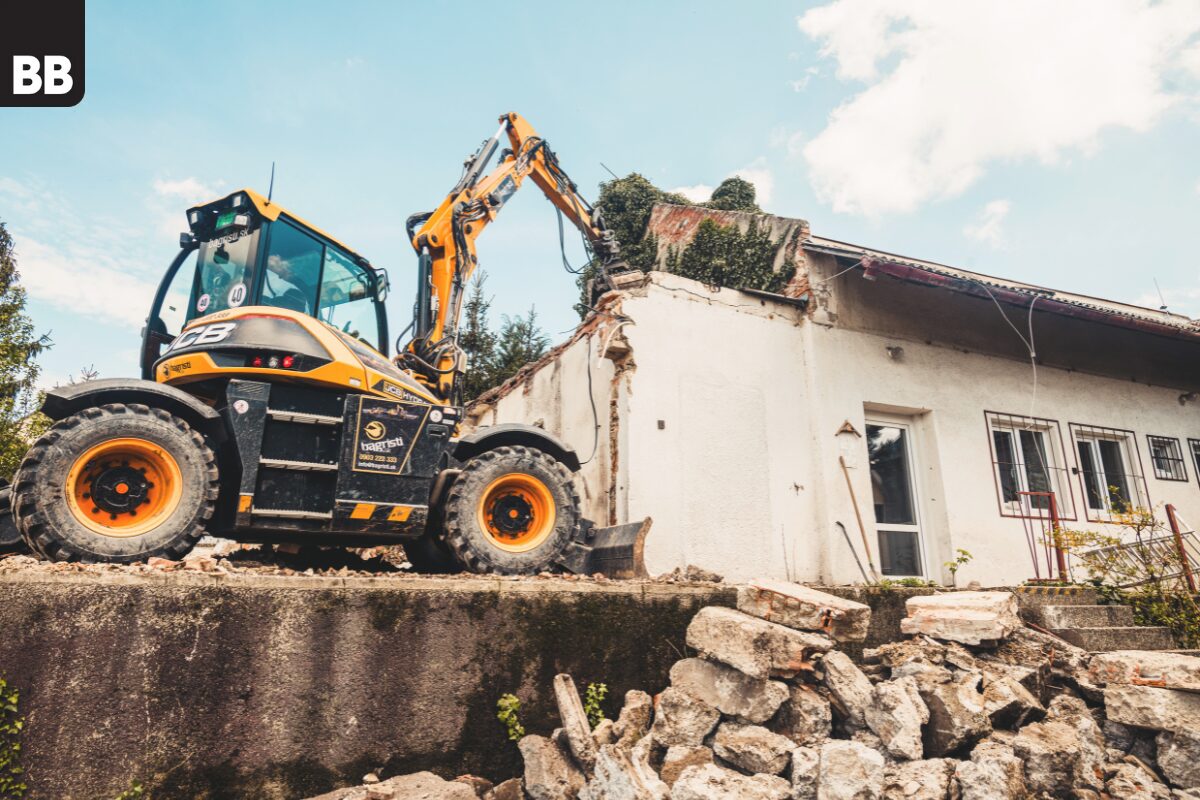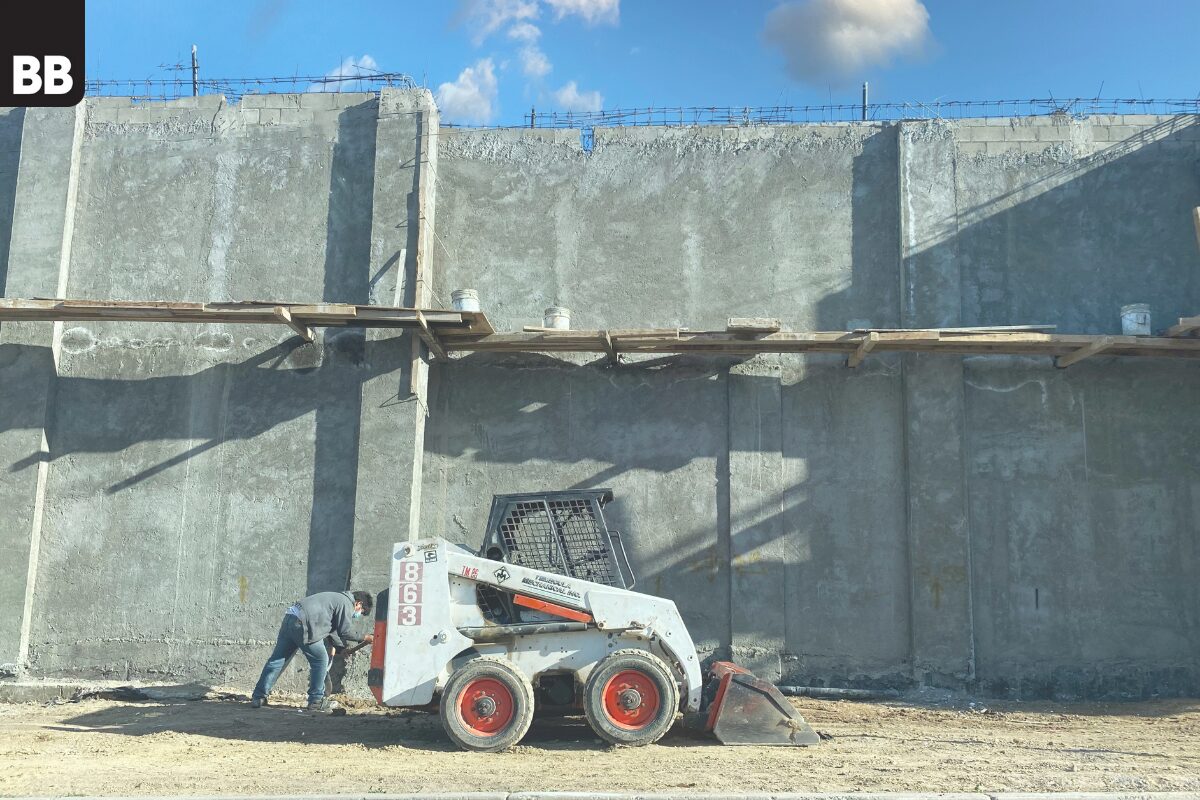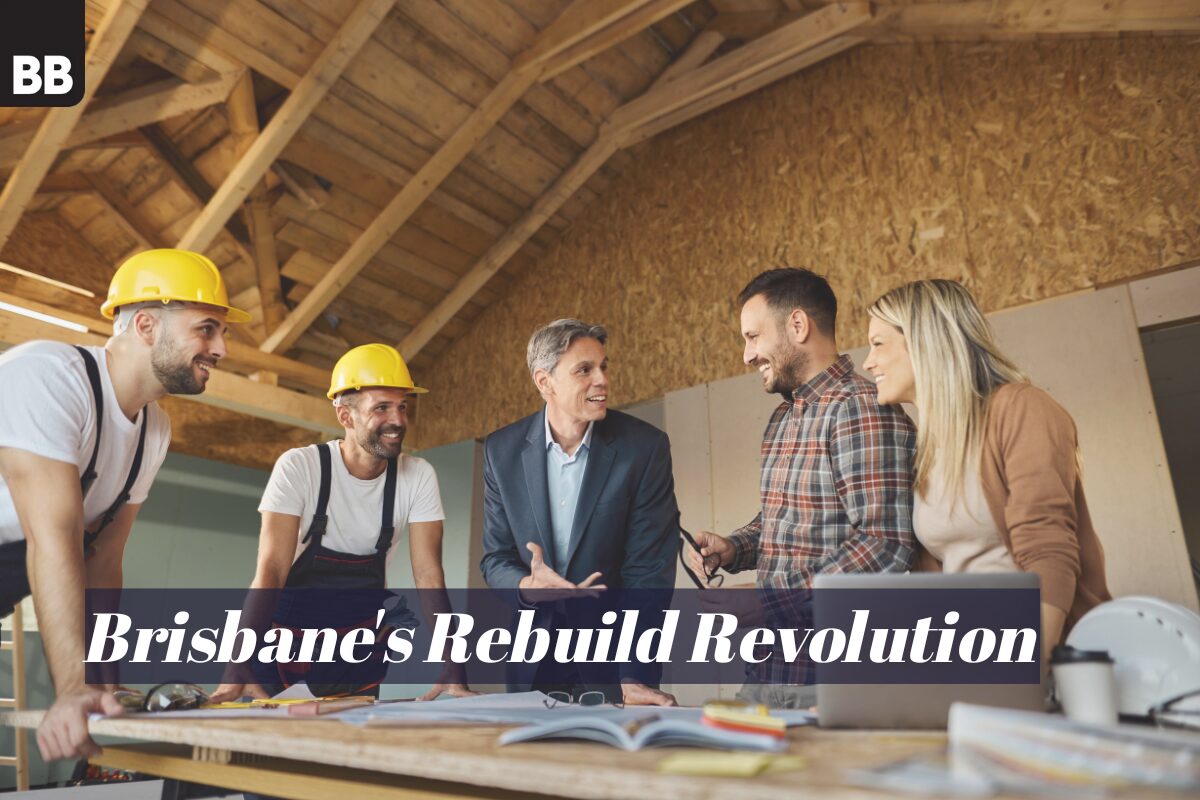Have you heard about knockdown rebuilds? It’s when the existing house is demolished so a brand-new custom home can be built on the same block.
They’ve sparked a building boom in Brisbane, and for good reason. Homeowners love them because they get to stay in a location they already love while upgrading their home to suit their lifestyle.
A knockdown rebuild Brisbane project can be a smart way to create your dream home without giving up your community, postcode, or convenience.
In this article, you’ll see how it all works, what it really costs, and how BegbieBentham can guide you through the process with confidence.
Let’s get into it.
Is Getting a Knockdown Rebuild in Brisbane Better Than Buying New?
Yes, it often is. That’s because if you already own a block in an established Brisbane suburb, you’re starting with a major advantage. New estates might look fresh on paper, but rebuilding on your current land gives you more value, better design control, and a real lifestyle upgrade.

Here are three reasons why rebuilding on your block could make more sense than buying new in a fringe development:
- Land value works in your favour: Suburbs like Camp Hill and Holland Park are already packed with value. If you own a block there, you’re in a much stronger position than starting over in a distant estate. For example, one client in Ashgrove saw their land valuation rise by 28% between the initial quote and the build sign-off.
- Save big on stamp duty: Since you’re not purchasing new property, you skip the usual government charges that come with buying a home. That money goes straight back into your budget.
- Customise every square metre: You won’t have to squeeze into someone else’s layout. Instead, you build a custom home that fits your life, from room flow to natural light and outdoor areas.
At BegbieBentham, we often recommend this option for homeowners who want more space, smarter layouts, and better long-term value without giving up their postcode.
What Does a Knockdown Rebuild Cost in Brisbane?
It depends. But most knockdown rebuilds in Brisbane cost between $800,000 and $1.1 million, depending on the block, finishes, and design choices.
In many cases, this can be more cost-effective than buying and renovating because you avoid hidden repair costs, outdated layouts, and constant patchwork fixes.

A rebuild gives you a fresh start with modern materials, better energy efficiency, and a layout that actually suits how you live today.
Here’s what you need to budget for:
- Core build costs: This includes demolition, council permission, architectural planning, and full construction. According to Neptune Homes, costs in Brisbane range from $2,800 to $4,950 per square metre. A standard 226 m² home would fall between $633,000 and $1.12 million.
- Avoid renovation risks: Renovating an old house often leads to surprise costs from asbestos, wiring, or plumbing issues. Rebuilding gives you full control with fewer unknowns.
- Additional expenses to factor in: Plan for site assessment, soil testing ($2K–$5K), and temporary accommodation if needed. From our experience, skipping site prep is one of the most common reasons builds get delayed or budgets blow out.
- Timeframe to completion: Most projects take 2 to 4 months for approvals and 9 to 14 months to build.According to com.au reports, the average build time in Australia is now 12.7 months.
We always suggest connecting with home consultants early. They can guide you on planning, timelines, and your best construction loan options to suit your budget.
Why New Suburbs Aren’t Always What They Seem
Many people regret moving to new suburbs because of incomplete infrastructure, lack of personalisation options, and long commutes. While these developments look appealing with their fresh paint and spotless streets, the reality often falls short of expectations once you’ve signed on the dotted line.
Let us walk you through the main issues that catch people off guard when they move to these new developments.
The Infrastructure Game of Catch-Up
Picture this: you move into your dream home, only to find the nearest school is still a construction site and the roads are more dirt than pavement. It’s surprisingly common. Developers build the houses first, then everything else follows, sometimes years later. That means no nearby shops, limited public transport, and possibly a lengthy wait for parks or medical centres.
Cookie-Cutter Living
Most new developments come with pretty strict rules about what your house can look like. You might get to choose between three facade styles or a handful of paint colors, but that’s about it. If you’re the type who dreams of a unique home that reflects your personality, rows of nearly identical houses can feel pretty restrictive after a while.
The Commute Reality Check
Now, this is where things get really challenging. Many of these estates are built way out in the suburbs to keep costs down. That scenic 45-minute drive to work might seem totally manageable when you’re house hunting on the weekend. But trust me, after months of sitting in traffic twice a day just to grab groceries, it gets old fast.
A Different Approach Worth Considering
So what’s the alternative? If you’re looking for a home that truly fits your lifestyle, with the convenience, character, and customisation you actually want, staying put and renovating might be the smarter move. You get to keep the location you love while creating something that’s genuinely yours, without all those compromises.
From Site Assessment to Front Door: The Rebuild Journey Made Simple
When someone mentions “rebuilding,” your first thought is probably “wow, that sounds like a massive headache.” But the reality is it’s way less complicated than you might think once you break it down into chunks.
The secret is having a solid plan, knowing your budget inside and out, and getting the right people in your corner from day one. Think of it like planning a big trip. Sure, there are lots of moving parts, but with the right roadmap, everything falls into place.
So let me take you through how this whole thing actually works, step by step.
Step 1: Site assessment
First things first, you need to know what you’re working with. This means getting professionals out to your place to check everything from how your land slopes to where the water goes when it rains. I know it might seem like an extra expense upfront, but trust me on this one. We’ve had clients who skipped this step only to discover their soil was basically quicksand once they started digging. Not fun, and definitely not cheap to fix later.
Step 2: Planning and home designs
This is where the fun really starts. You’ll sit down with your builder or designer and map out exactly what you want your new home to look like and feel like. Think about how you actually live. Do you love cooking? Maybe you want that kitchen island you’ve been dreaming about. Work from home? You’ll want to plan for that home office with actual decent lighting.
Step 3: Approvals and demolition
Okay, this part sounds boring, but it’s actually pretty satisfying. You’ll need to tick all the boxes with council and get your utilities sorted, then wave goodbye to the old place. Once you’ve got all your approvals locked in, the demolition crew comes in and makes quick work of things. There’s something oddly therapeutic about watching the old stuff disappear to make way for the new.
Step 4: Construction and handover
And then the magic happens. Your new home starts taking shape, and honestly, it’s pretty exciting to drive by and see the progress each week. A good builder will keep you in the loop the whole way through, so you’re never left wondering what’s happening. Then comes the best part: that final walkthrough where you get to see everything finished, and those keys are officially yours.
Here’s what we’ve learned after years of doing this: the projects that go smoothly are the ones where people get expert help right from the start. If you’re sitting there thinking “this sounds great, but where do I even begin?” just give one of our consultants a call. They’ll look at your specific situation and help you figure out the best way forward.
Is It Time to Rebuild Your Dream Home Where You Are?
Love your location but your house just doesn’t work anymore? A knockdown rebuild could be exactly what you need.
Instead of compromising on a new suburb or squeezing into someone else’s design, you get to stay exactly where you want to be while creating a home that actually fits your life. Better layouts, more space, and all those features you’ve been dreaming about, without leaving your neighborhood, schools, or community behind.
Families who rebuild instead of relocate consistently end up much happier with the result. Plus, you’re adding serious long-term value to your property.
Ready to see what’s possible? The BegbieBentham team can show you exactly what you could create on your block and help you plan your next steps with confidence.





























